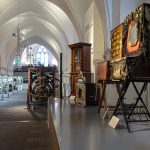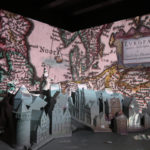The National Monument Camp Vught – or Konzentrationslager Herzogenbusch, which has been the German name during the Nazi era – is likely the most illustrative place about cruelties on the Netherlands during the second world war. It has also been a place which is undeniably linked to the systematic murder of people, including children. 31,000 people have been detailed in here, many transported on to locations like Auschwitz. Nowadays, the former concentration camp is a museum. I visited it in late summer 2020. The full Dutch name is Nationaal Monument Kamp Vught – “National Monument Camp Vught”.


Camp Vught – Location & Admission
Camp Vught is located on the Northwest side of the city of Vught, which is located South of s’-Hertogenbosch. You most easily access the museum and memorial by car or bicycle. Most of the original sites have been turned down or used for other purposes – a major part of the former concentration camp is a prison nowadays, which I feel to be a bit of doubtful.
The national monument and memorial museum is opening from 10:00 to 17:00hrs, Sunday to Friday. On Saturdays and national holidays, the museum opens at noon. Barack 1B is opening on Wednesdays, Saturdays and Sundays from noon to 17:00 hrs. Adult admission is eleven Euro. It includes the audio guide. Camp Vught accepts the Museumkaart.

Camp Vught – Museum
Before you reach the reconstruction of the concentration camp, you visit the museum. The site has a relatively short active history under Nazi regime. It has been opened as a concentration camp in January 1943 and liberated in late October 1944. The museum is not overwhelmingly large, but very well done and illustrative. You learn a lot about the pogrom against unwanted inhabitants, majorly Jews, but also about life in the camp and how the camp has been organized and linked to other Nazi facilities like the Transit Camp in Westerbork.










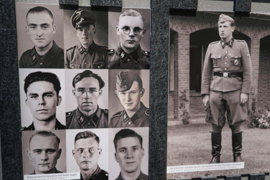





During the whole visit, you get additional information by an audio guide. Especially due to the many testimonials, videos and items in display, this is really helpful. The audio guide is also later working in the camp grounds.

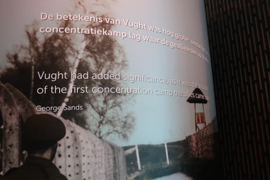
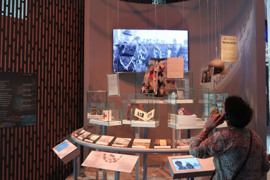






Camp Vught – Concentration Camp Grounds
To me, visiting the grounds themselves (even knowing that it is majorly a reconstruction) has been very impressive – and depressive. The camp ground majorly feature the Northern part of the former concentration camp. One of the first sites you see is a model about the sheer size. The first building you enter is a reconstructed barrack. The simple bedding and the sanitary facilities are very illustrative. The national monument does a great job to explain the cruelties.










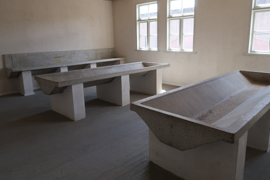





Camp Vught Children Transports
The darkest moment of the history of Konzentrationslager Herzogenbusch are likely the children transports on 6th and 7th June 1943. For that reason, 1,269 names of children, which first have been brought to Westerbork and from there brought to Sobibor, where they have been killed, are engraved into a metal memorial.
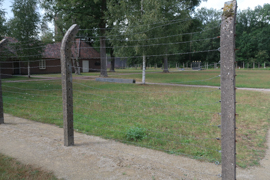



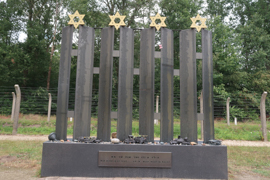


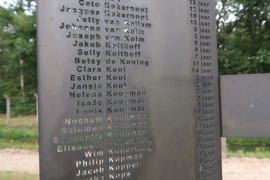
A very impressive part of the visit is of course the visiting the building which also hosted the crematory. As on the whole outdoor part of the concentration camp, the rooms and their functions are very well explained. At the backyard of the building, there is a mass grave which is made up of human remains found after the liberation.

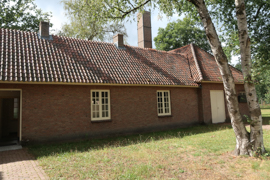













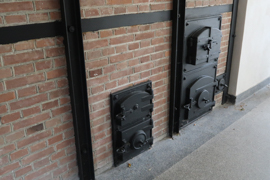




Back into the museum
Heading back into the museum, there are several rooms of remembrance. You also have some more testimonials of former Vught prisoners.



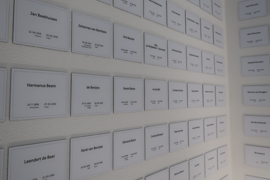




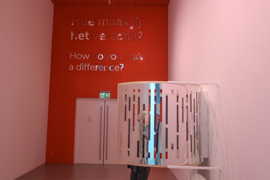
Camp Vught – Museum Site Services
The museum is also driving a cafe and a museum shop, which is especially holding a lot of literature about the Nazi era in the Netherlands.


Camp Vught – Barrack 1B
After its liberation, the camp has a very moving history. First of all, the Allied used it as internment camp. Later, soliders from the Moluccas have been brought there and finally found home. The only building still originally existing from the Nazi times, Barrack 1B, is illustrating the history of the camp from the Nazi times to nowadays. Very often an exhibit is focusing on a certain topic (like religion) and then illustrated how Camp Vught evolved in that over time. Unfortunately, teh Barrack 1B opening times are a bit limited, but I would absolutely recommend to visit it as well.


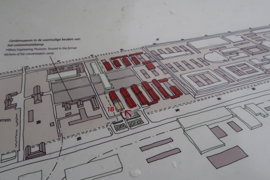

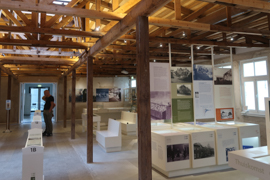









Camp Vught – Memorial Sites
There are multiple additional memorial sites around Camp Vught. The most important is the Fussiladeplaats, the former execution site. The original memorial stones have been vandalized, you find them on the museum grounds nowadays. They have been replaced with new stones. The execution site is some 15 minutes walk away from the museum, which is providing maps.











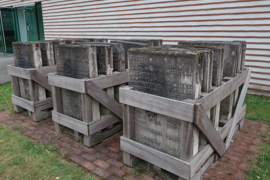

There are also some places, where you can find rail tracks originally leading into the camp. One is easy to spot when you access the execution site by car.


Camp Vught – My View
The team of the Nationaal Monument Kamp Vught did a great job. The exhibition is illustrative and educative. It is absolutely well done, the Barrack 1B is the top of a great visit. If you are around, take the time and visit this amazing place, definitely.
Nazi Germany Memorials
Here are all places memorizing about the cruelties during the German Nazi leadership:
Netherlands Top Pick!
Here are all postings related to the Netherlands I marked as Top Pick!:





















